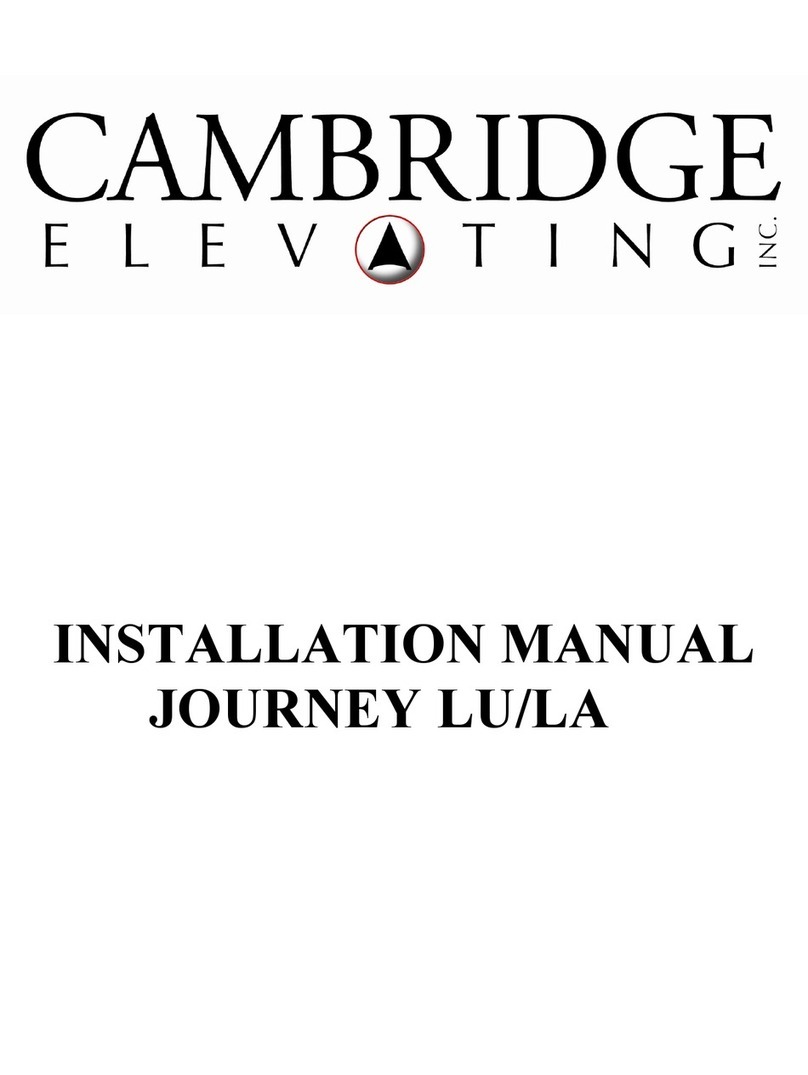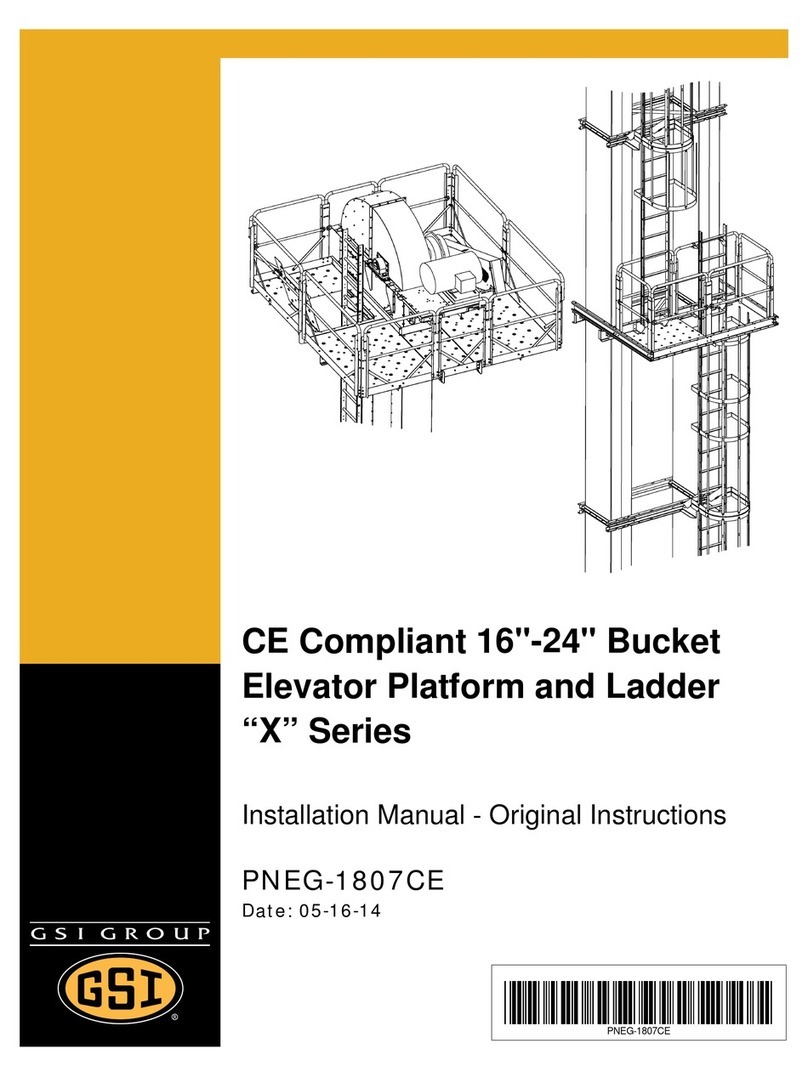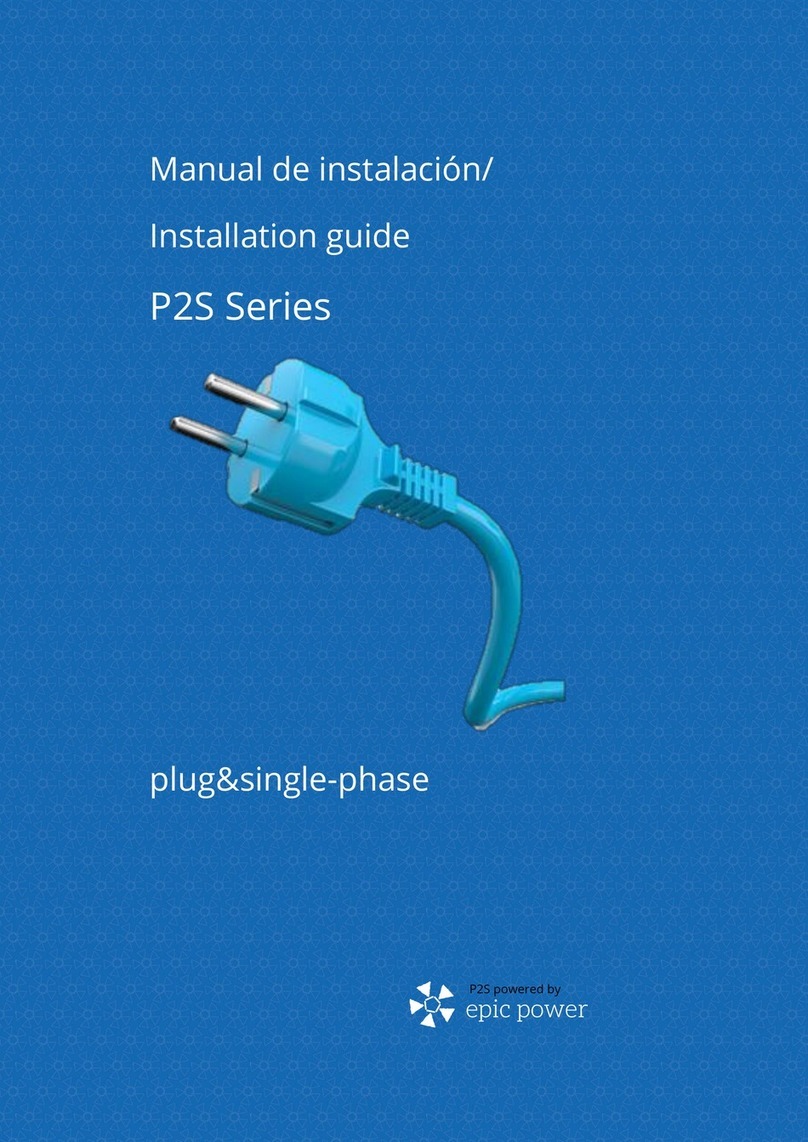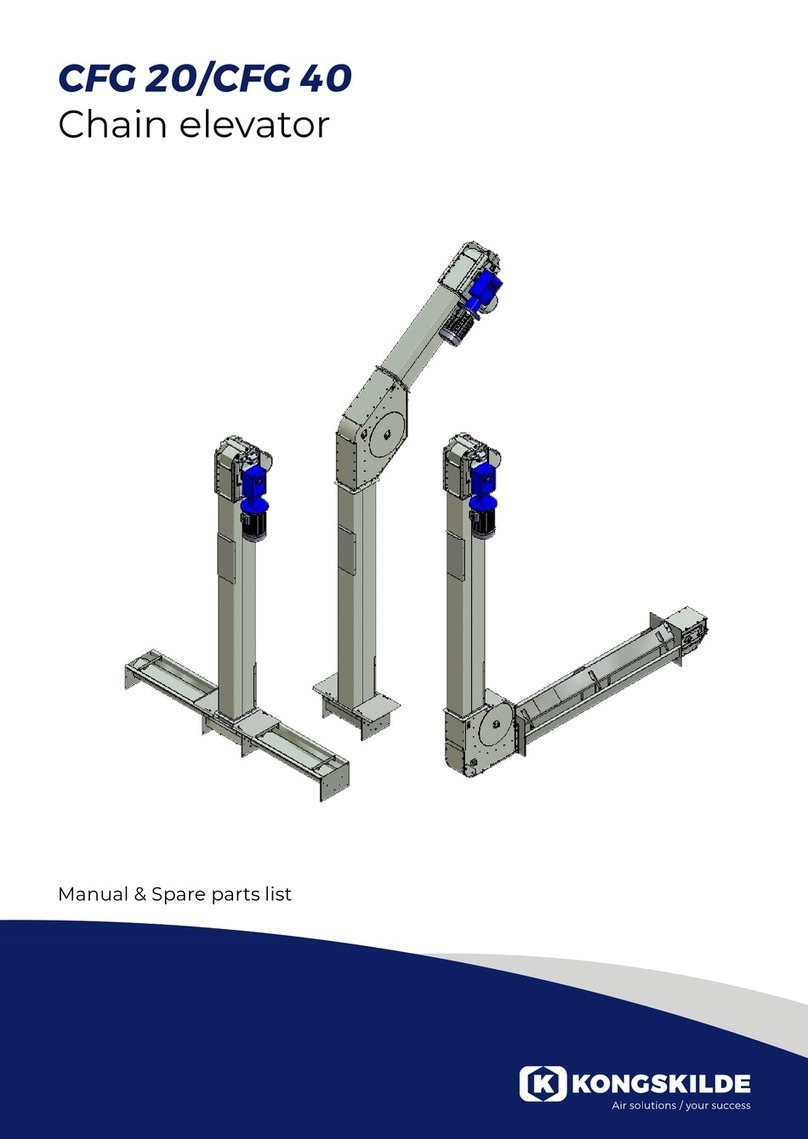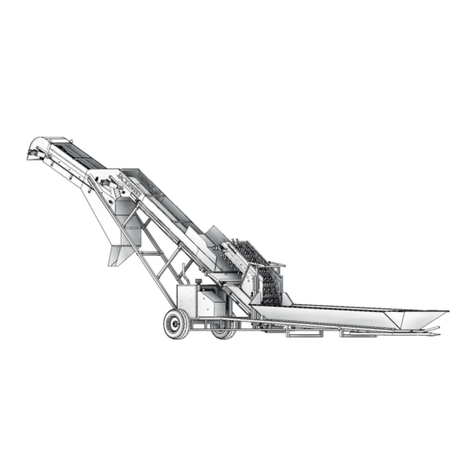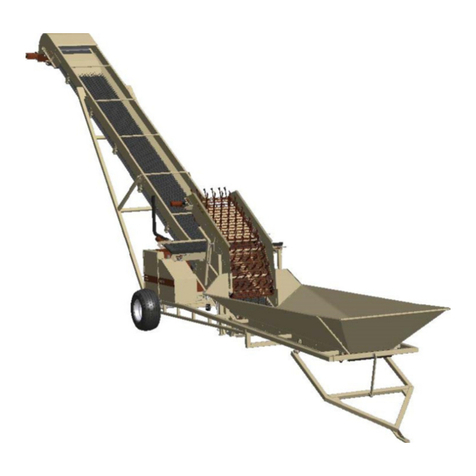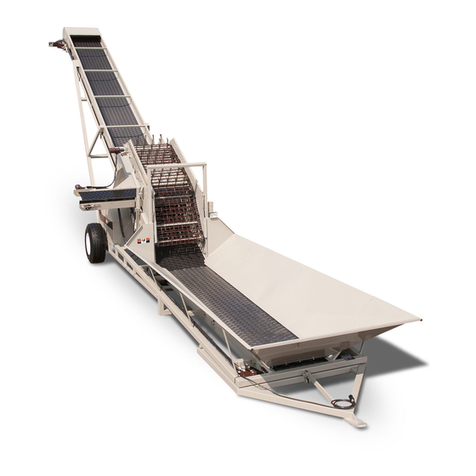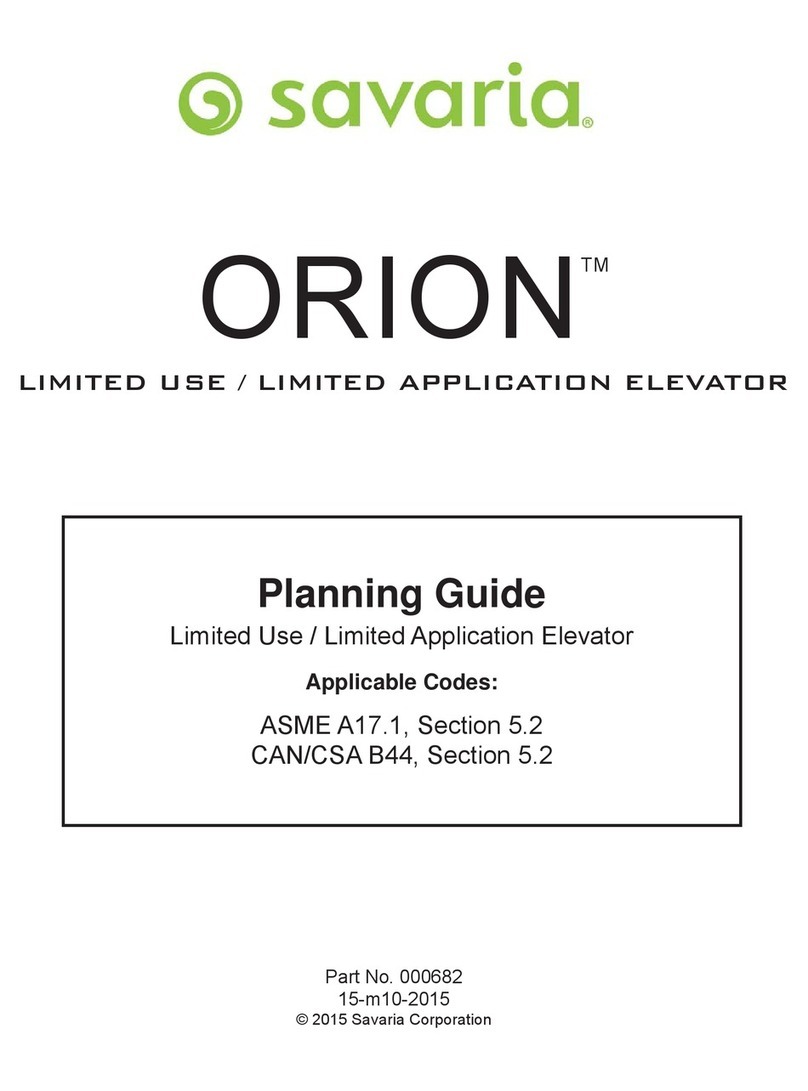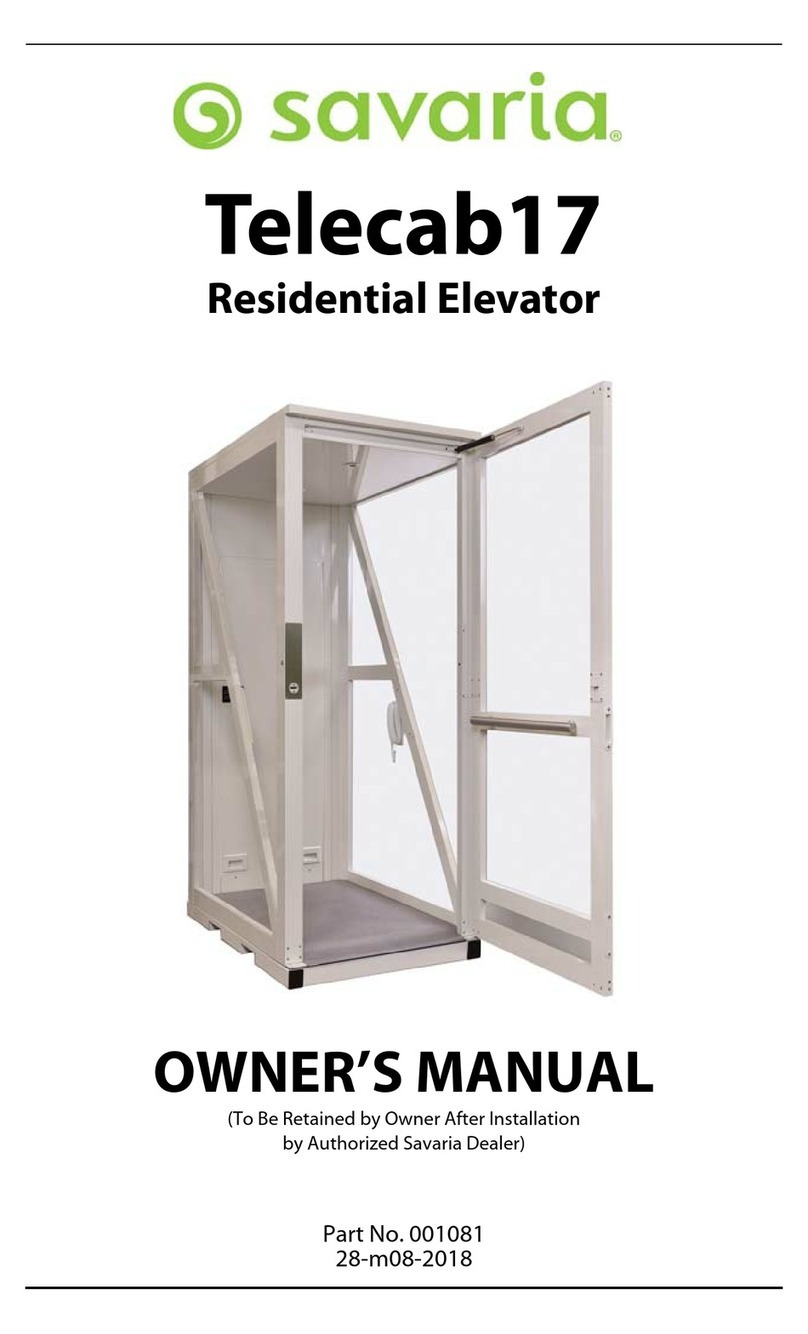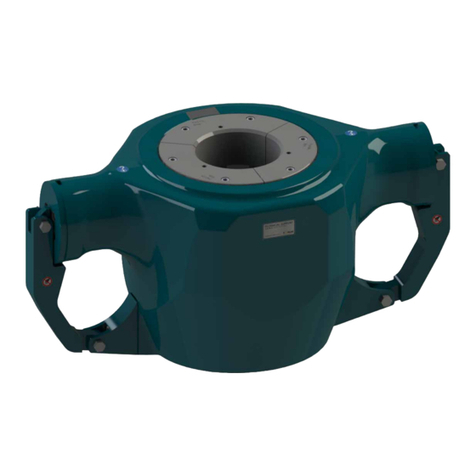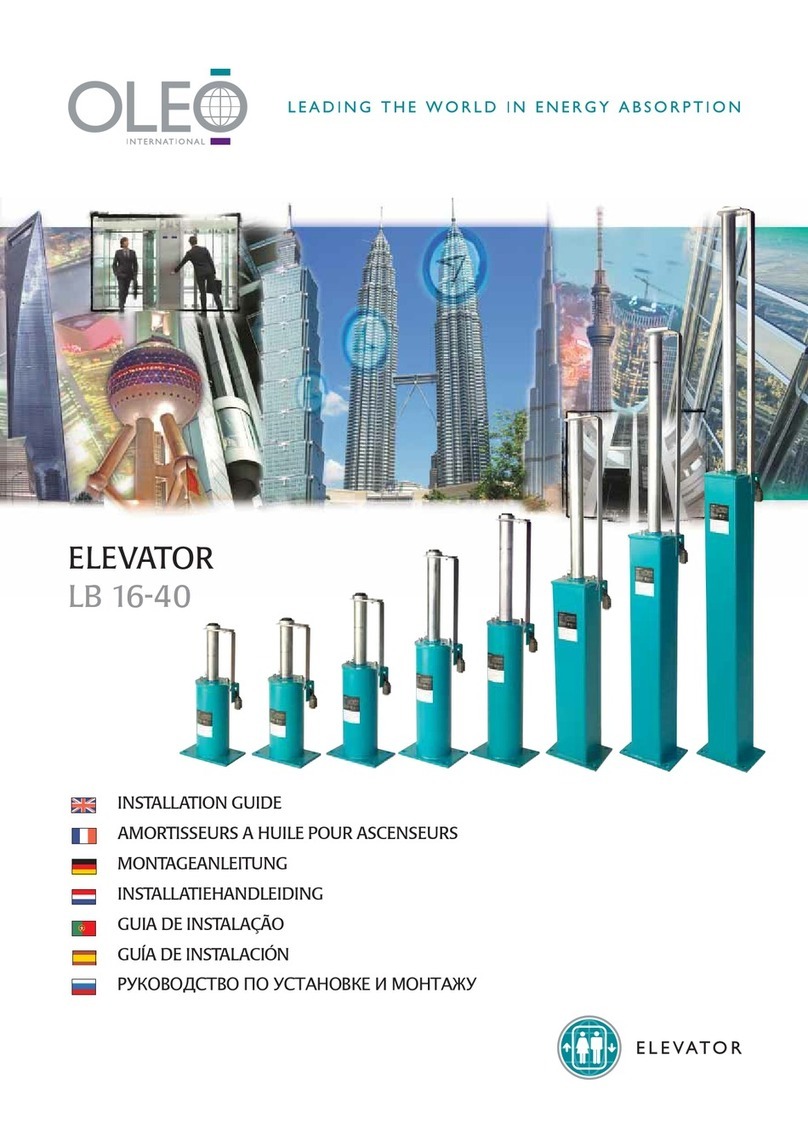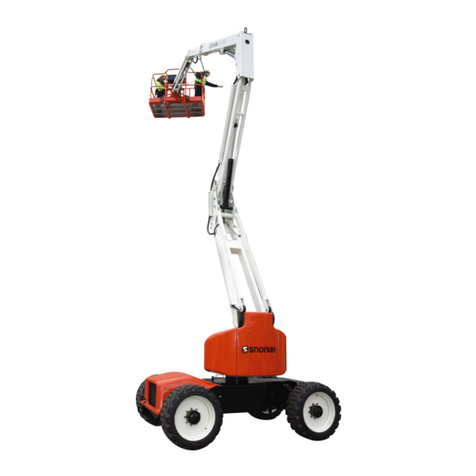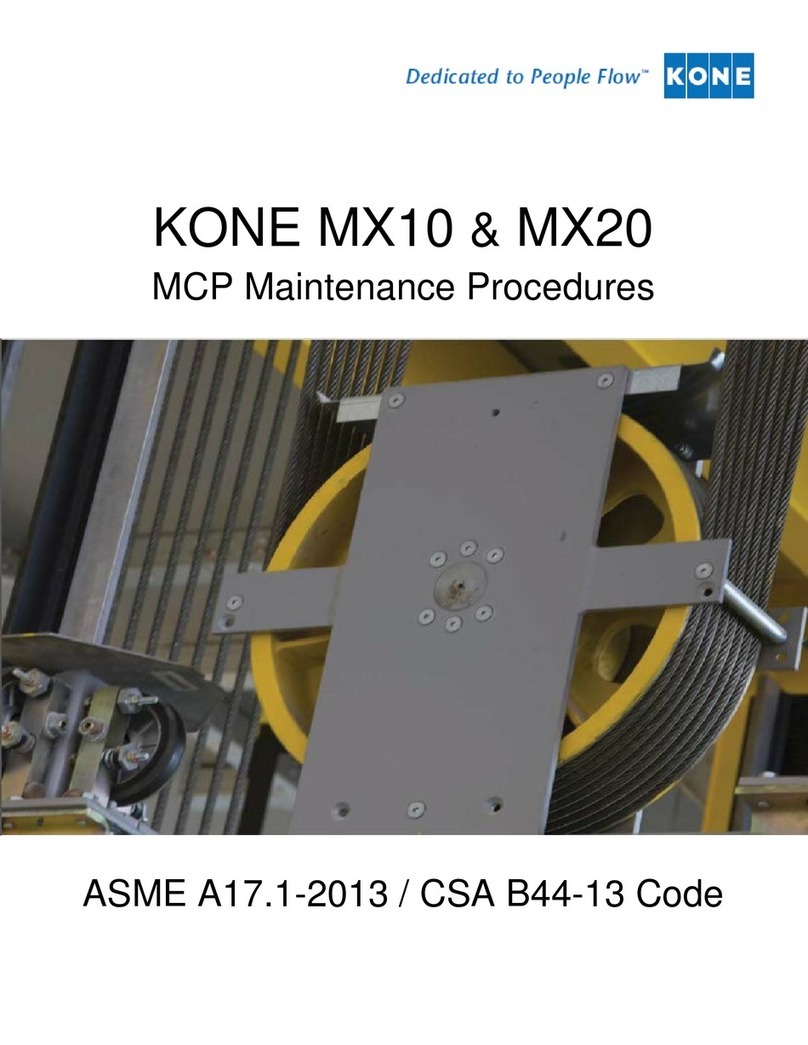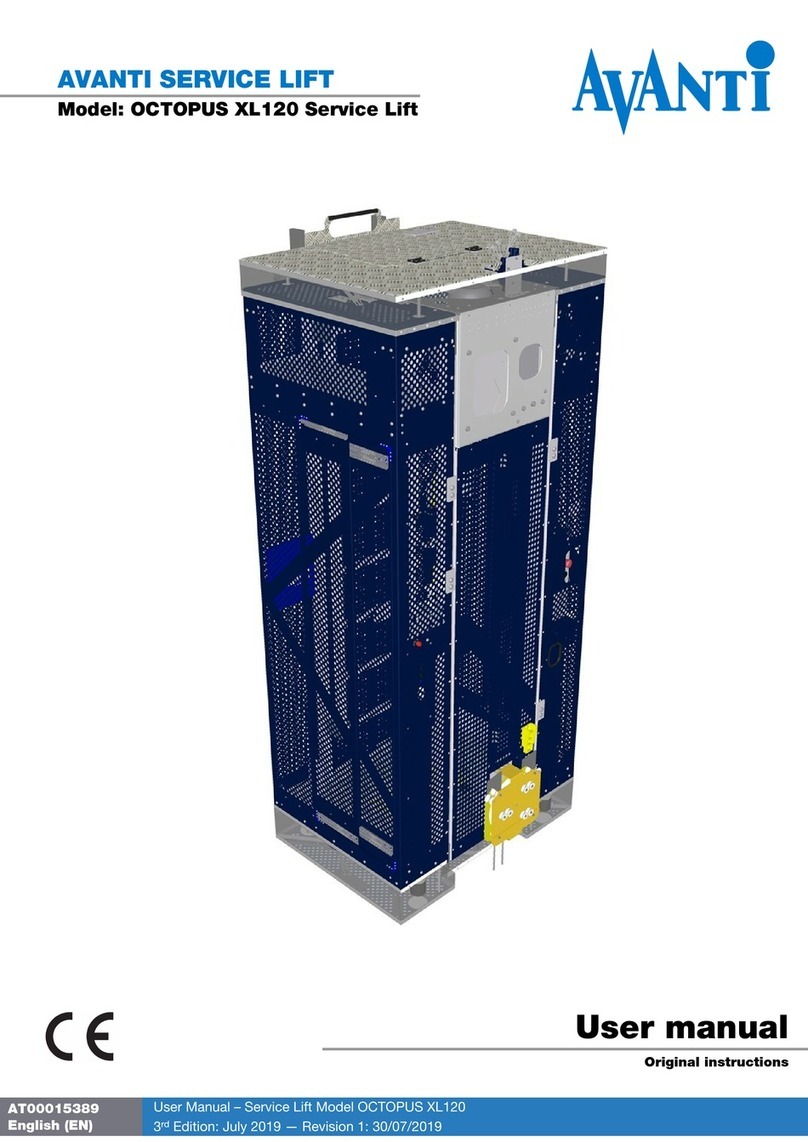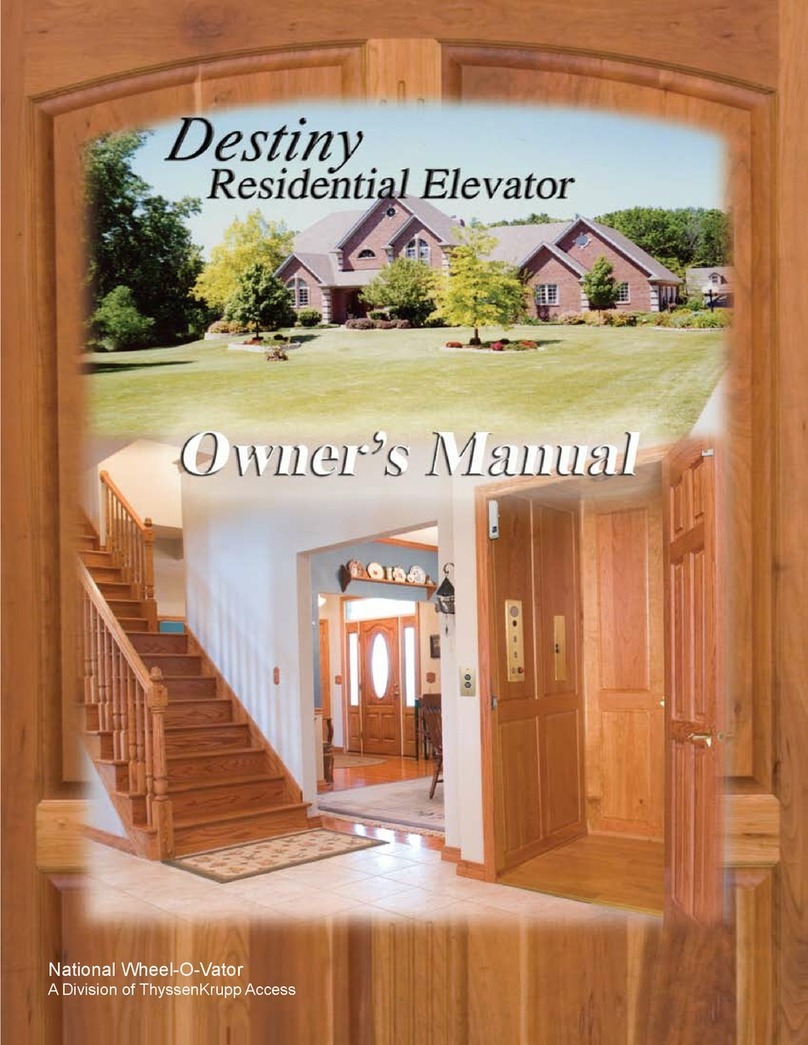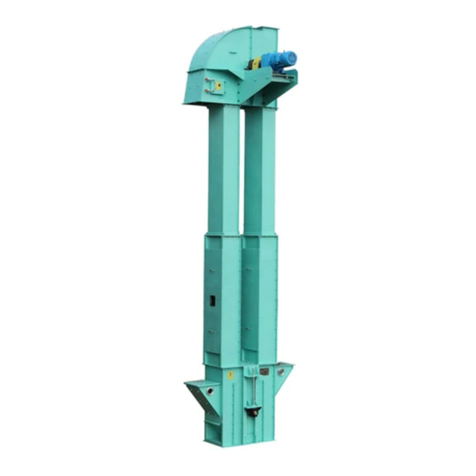
SAFETY 7
DURINGOPERATION
•Childrenshouldnotbeallowedontheproduct.
•Clear the area of small children and bystanders before
movingtheequipment.
•Securely aach feeder to towing unit, using a hardened
3/4” pin, a metal retainer, and safety chains if required.
Shitowingunittoalowergearbeforegoingdownsteep
downgrades, thus using the engine as a retarding force.
Keep towing vehicle in gear at all mes. Slow down for
cornersandroughterrain.
•Makesureyouareincompliancewithalllocalandstate
regulaonsregardingtransporngequipmentonpublic
roadsandhighways.Lightsandslowmovingsignsmustbe
cleanandvisiblebyovertakingoroncomingtrafficwhen
feederistransported.
•SAFETYCHAIN‐ifequipmentisgoingtobetransported
onapublichighway,asafetychainshouldbeobtained
andinstalled.Alwaysfollowstateandlocalregulaons
regardingasafetychainandauxiliarylighngwhen
towingfarmequipmentonapublichighway.Besureto
checkwithlocallawenforcementagenciesforyourown
parcularregulaons.Onlyasafetychain(notanelasc
ornylon/plasctowstrap)shouldbeusedtoretainthe
conneconbetweenthetowingandtowedmachinesin
theeventofseparaonoftheprimaryaachingsystem.
•Installthesafetychainbycrossingthechainsunderthe
tongueandsecuretothedrawbarcageorhitchor
bumperframe.
•Bewareofbystanders,parcularlychildren!Alwayslook
aroundtomakesurethatitissafetostarttheengineof
thetowingvehicleormovetheunit.Thisisparcularly
importantwithhighernoiselevelsandquietcabs,asyou
maynothearpeopleshoung.
•NOPASSENGERSALLOWED‐donotcarrypassengers
anywhereon,orin,thetractororequipment,exceptas
requiredforoperaon.
•Keephandsandclothingclearofmovingparts.
•Donotclean,lubricateoradjustyourequipmentwhileit
ismoving.
•Whenhalngoperaon,evenperiodically,setthe
vehiclebrakes,shutofftheengineandremovethe
ignionkey.
HIGHWAYOPERATION
•Adoptsafedrivingpracces:
•Keepthebrakepedalslatchedtogetheratallmes.
NEVER USE INDEPENDENT BRAKING WITH MACHINE IN
TOWASLOSSOFCONTROLAND/ORUPSETOFUNITCAN
RESULT.
•Always drive at a safe speed relave to local condions
and ensure that your speed is low enough for an
emergency stop to be safe and secure. Keep speed to a
minimum.
•Reduce speed prior to turns to avoid the risk of
overturning.
•Avoidsuddenuphillturnsonsteepslopes.
•Always keep the tractor or towing vehicle in gear to
provide engine braking when going downhill. Do not
coast.
•Comply with state and local laws governing highway
safetyandmovementoffarmmachineryonpublicroads.
•Use approved accessory lighng flags and necessary
warningdevicestoprotectoperatorsofothervehicleson
thehighwayduringdaylightandnighmetransport.
•Varioussafetylightsanddevicesareavailablefromyour
dealerordirectfromJackrabbit.
•The use of flashing amber lights is acceptable in most
localies. However, some localies prohibit their use.
Locallawsshouldbechecked forallhighwaylighngand
markingrequirements.
•Whendrivingthetractorandequipmenton theroador
highway under 35 kph (20 mph) at night or during the
day,useflashingamberwarninglightsandaslow‐moving
vehicle(smv)idenficaonemblem.
•Planyourroutetoavoidheavytraffic.
•Beasafeandcourteousdriver.Alwaysyieldtooncoming
traffic in all situaons, including narrow bridges,
intersecons,etc.
•Be observant of bridge loading rangs. Do not cross
bridges rated lower than the gross weight as which you
areoperang.
•Watch for obstrucons overhead and to the side while
transporng.
•Always operate equipment in a posion to provide
maximumvisibilityatallmes.
•Makeallowancesforincreasedlengthand weightofthe
equipmentwhenmakingturns,stoppingtheunit,etc.
•Pickthemostlevelroutewhentransporngacrossfields.
Avoidtheedgesofditchesorgulliesandsteephillsides.
(CONTINUEDONNEXTPAGE)
•Beespeciallyobservantoftheoperangareaandterrain
‐watchforholes,rocksorotherhiddenhazards.Always
inspecttheareapriortooperaon.
•DONOToperateneartheedgeofdrop‐offsorbanks.
•DONOToperateonsteepslopesasoverturnmayresult.
•OPERATEupanddown(notacross)intermediateslopes.
Avoidsuddenstartsandstops.
•Donotdrinkanddrive!
•Themanufacturerdoesnotrecommendusageoftractor
withROPSremoved.
•Move tractor wheels to the widest recommended
sengstoincreasestability.
•Securely aach to towing unit. Use a high strength,
appropriately‐sized hitch pin with a mechanical retainer
andaachsafetychain.
•Do not allow anyone to stand between the tongue or
hitch and the towing vehicle when backing up to the
equipment
•EnsureDisconnectswitchisonpriortostarngignion.


